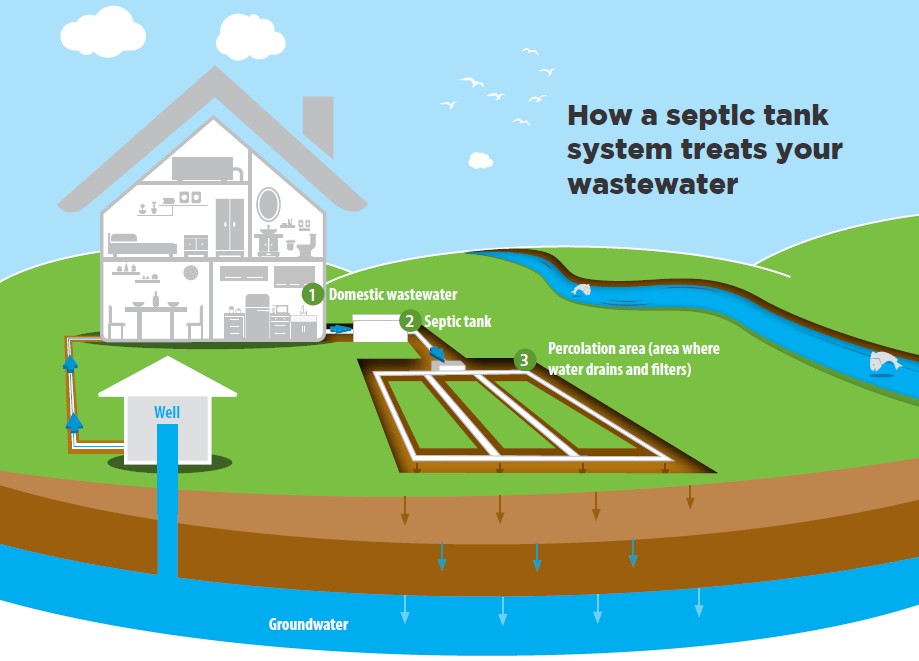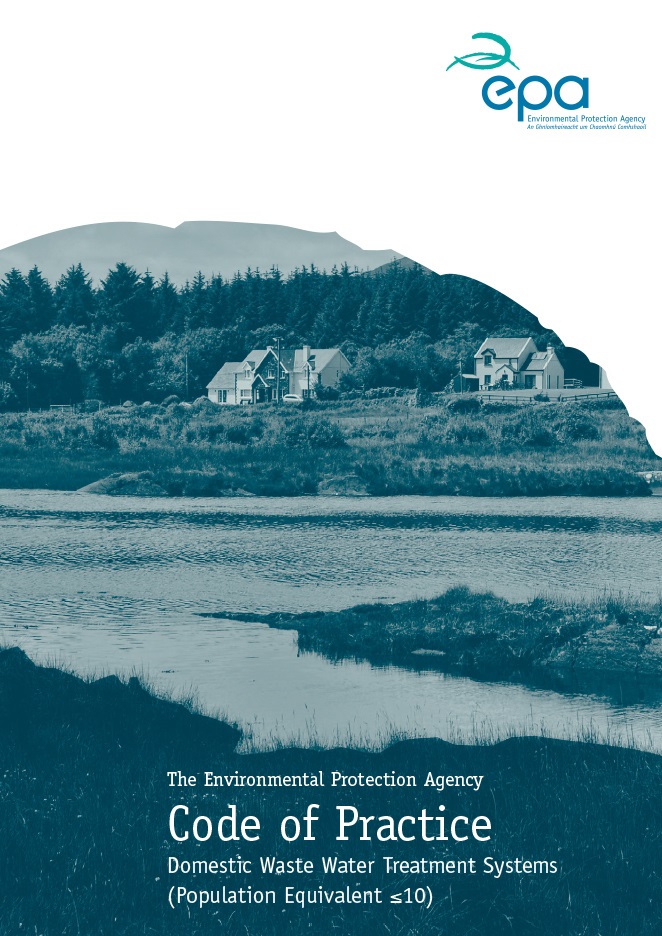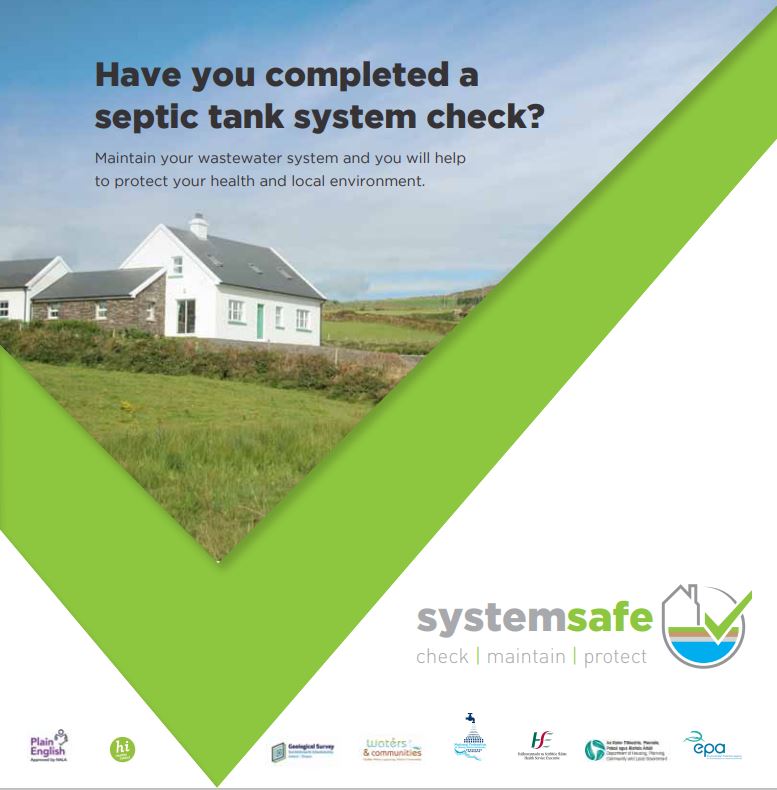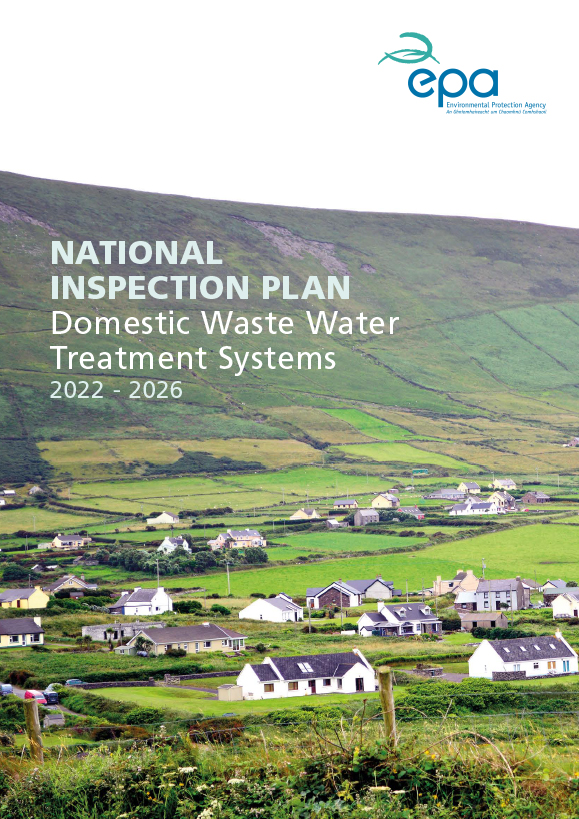Septic tank and other domestic waste water treatment systems
‘A well-maintained septic tank system will protect your health, your environment, and your pocket’
Septic tanks and other domestic waste water treatment systems are used by rural homeowners to treat waste water from their homes. There are nearly half a million of these systems in Ireland. The majority are septic tank systems, with some more complex filter systems and mechanical treatment plants.
How does a septic tank system work?
What are the health and environmental risks?
What can you do if you are concerned?
View the report on the Domestic Waste Water Treatment Systems Inspections 2024
Code of practice for new builds
Planning applications for new houses must show that the site is suitable for the proposed septic tank system and meets the requirements in:
Code of Practice for Domestic Waste Water Treatment Systems (Population Equivalent ≤ 10)
Standard Recommendation (S.R) 66 and the associated EN 12566 series of standards
Learn more in the code of practice
.jpg)
.jpg)







